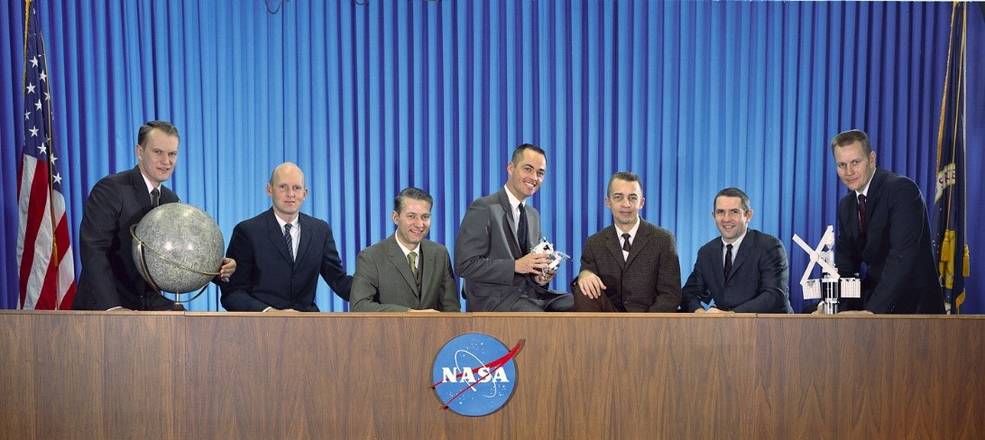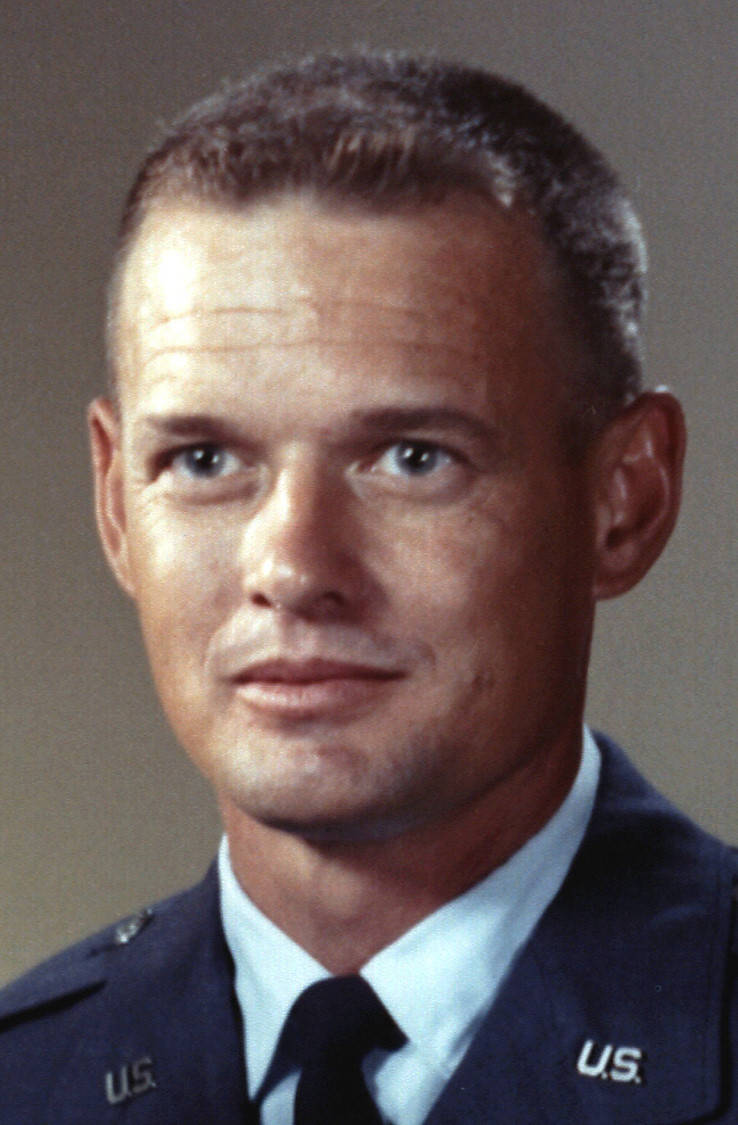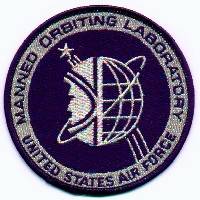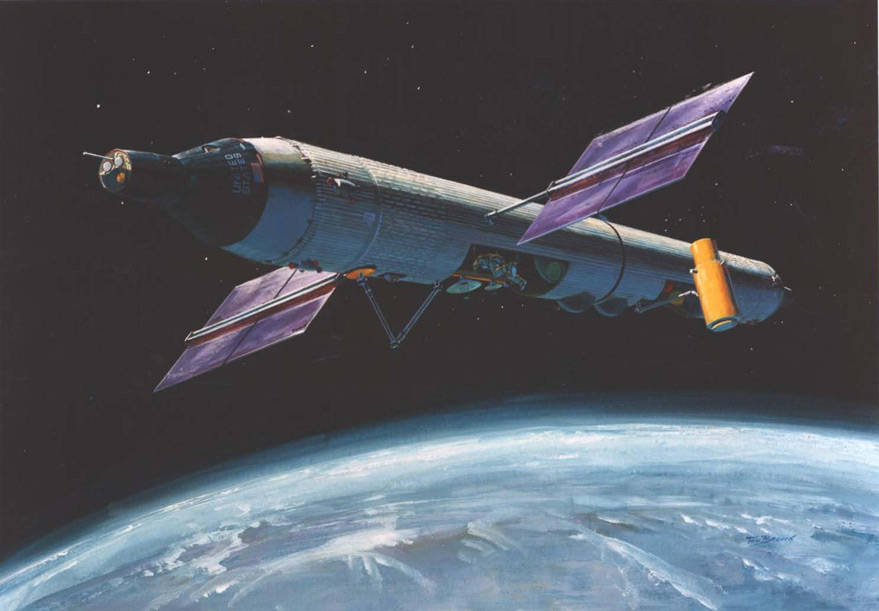On Aug. 14, 1969, NASA announced the selection of seven new astronauts. The Group 7 astronauts were pilots transferred from the US Air Force’s Manned Orbital Laboratory (MOL) Program that was cancelled on June 10, 1969. The MOL was a joint project of the U.S. Air Force (USAF) and the National Reconnaissance Office (NRO) to obtain high-resolution photographic imagery of America’s 1960s Cold War adversaries. After the cancellation, NASA invited the younger (under 35) MOL pilots to join its astronaut corps at the Manned Spacecraft Center, now the Johnson Space Center in Houston. The selected pilots were:
- Major Karol J. “Bo” Bobko, USAF (32)
- Commander Robert L. Crippen, US Navy (32)
- Major C. Gordon Fullerton, USAF (31)
- Major Henry W. “Hank” Hartsfield, USAF (35)
- Major Robert F. Overmyer, US Marine Corps (33)
- Major Donald H. Peterson, USAF (35)
- Commander Richard H. Truly, US Navy (32)
In addition to the seven selected as astronauts, an eighth MOL pilot, Lt. Colonel Albert H. Crews, USAF, was assigned to MSC’s Flight Crew Operations Directorate. Prior to his MOL training, Crews was a pilot for the X-20 Dyna-Soar Program, an early USAF experimental lifting body vehicle cancelled in 1963.


Left: Official NASA photograph of the Group 7 astronauts (left to right) Bobko, Fullerton, Hartsfield, Crippen, Peterson, Truly, and Overmyer who transferred from the MOL program. Right: Official portrait of Crews. Credits: USAF.
The MOL Program had envisioned a series of 60-foot-long space stations in low polar Earth orbit, occupied by 2-man crews for 30 days at a time, launching and returning to Earth aboard modified Gemini-B capsules. Externally similar to NASA’s Gemini spacecraft, the MOL version’s major modification was a hatch cut into the heat shield that allowed the astronauts to access the laboratory that was located behind the spacecraft without the need for a spacewalk. While MOL astronauts would carry out a variety of experiments, the primary payload intended to fly in the laboratory was a telescope with imaging systems for military reconnaissance. The imaging system was codenamed Dorian and carried the Keyhole KH-10 designation. Its primary mirror was 72 inches in diameter, designed to provide high resolution images of targets of military interest. To reach their polar orbits, MOLs would launch from Vandenberg Air Force Base (AFB) in California atop Titan-IIIM rockets. Construction of Space Launch Complex-6 (SLC-6) there had begun to accommodate that launch vehicle but was suspended when the program was cancelled. The pad was later reconfigured to launch Space Shuttles on planned polar orbit missions.


Left: Patch of the MOL Program. Right: Illustration of the MOL as it would have appeared in orbit. Credits: National Reconnaissance Organization.
Although it took nearly 12 years for the first of the MOL transfers to make it to orbit (Crippen on STS-1), all of them went on to fly on the Space Shuttle in the 1980s. In an ironic twist, Crippen was assigned to command the first Space Shuttle polar orbiting mission (STS-62A) that would have launched from the SLC-6 pad at Vandenberg in 1986. But after the Challenger accident, the Air Force decided to reduce its reliance on the Shuttle as a launch vehicle and cancelled the mission. Truly served as NASA Administrator from 1989 to 1992 and Crippen was the Kennedy Space Center Director from 1992 to 1995. Crews stayed with the agency as a pilot until 1994.
Read Bobko’s, Crews’, Crippen’s, Fullerton’s, Hartsfield’s, Peterson’s, and Truly’s recollections of the MOL program and their subsequent NASA careers in their oral history interviews with the JSC History Office.

























